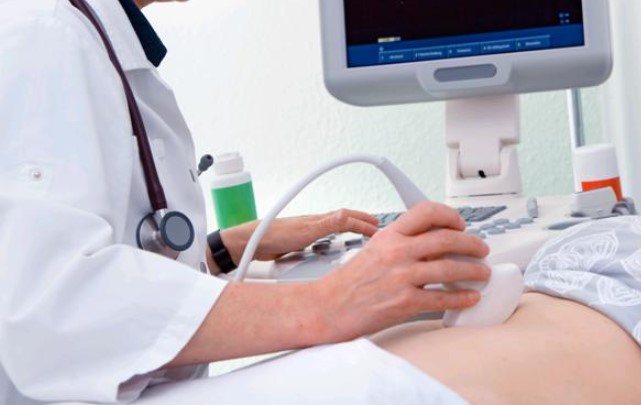Call for recognition of ovarian cancer


The Spanish Society of Gynecology and Obstetrics (SEGO) has called on society as a whole to learn to recognize symptoms that could indicate ovarian cancer, which is affecting more and more women. The Spanish Society of Medical Oncology estimates that around 3,700 new cases will be diagnosed throughout Spain in 2024.

The maximum incidence is between 50 and 75 years.
In the initial stages, ovarian cancer is usually asymptomatic or with very mild symptoms that go unnoticed and are confused with benign processes. This is why this tumor is so difficult to diagnose at an early stage. In fact, the majority of patients (70-80%) are diagnosed at an advanced stage of the disease, most often in postmenopausal women, with the highest incidence between the ages of 50 and 75 years.
In addition to age, other risk factors include a family history of breast, ovarian, colon, or endometrial cancer; personal history of breast cancer, mutations in the BRCA1 or BRCA2 genes or absence of pregnancy, and general cancer risk factors such as alcohol and tobacco use, or factors associated with an unhealthy lifestyle (obesity, sedentary lifestyle).

According to the National Institute of Statistics, it accounts for approximately 3% of tumors in women worldwide and is the sixth cause of cancer death in the Spanish female population, after breast, lung, colon and pancreatic cancer.
The importance of seeing a gynecologist as soon as possible
Given this reality, SEGO recommends contacting a gynecologist as soon as possible if such symptoms occur, especially persistently: progressive bloating; pain or discomfort in the pelvis and/or abdomen that persists and has no logical explanation; repeated feeling of fullness with food, even with a small amount of food; weight loss or difficulty eating; discomfort during urination and/or defecation that persists and is not explained by other reasons; and inappropriate vaginal bleeding.

Typically, fluid tends to accumulate in the abdominal cavity, causing what is called ascites, which can be very important and cause abdominal distension. Fluid may also accumulate in the pleura around the lungs and cause difficulty breathing or a feeling of shortness of breath.
On the other hand, an increase in ovarian mass in the pelvis can affect adjacent structures, mainly the bladder and rectum, causing symptoms such as frequent diuresis, diarrhea or constipation, and abdominal or pelvic pain.
Advances in treatment
Although there are currently difficulties with the technique or method of early detection of ovarian cancer and its detection in the initial stages, this is why women who experience the described symptoms are strongly advised to contact their gynecologist when they notice any possible symptoms. disease – the important fact is that significant advances have been made in the treatment of this tumor.
Both in the use of new, less invasive and more precise surgical techniques, and in the identification and application of new therapeutic targets and personalized treatments for patients. Thus, the net survival rate for this type of tumor has been increasing in recent years and is now 41%, and, according to the Spanish Network of Cancer Registries (REDECAN), it is higher in women under the age of 74 years.
About 100 deaths in 2023 in the region
According to the National Institute of Statistics (INE), in 2023, ovarian cancer caused 39 deaths throughout Castile-La Mancha. In total, in the region last year the number of deaths from tumors associated with the genital organs and female reproductive system was just over 100.
Thus, there were 21 of them due to malignant tumors of the cervix; 38 due to tumors in other parts of the uterus; and 16 due to malignant tumors of other female genital organs, to which should be added 39 due to malignant tumor of the ovaries.